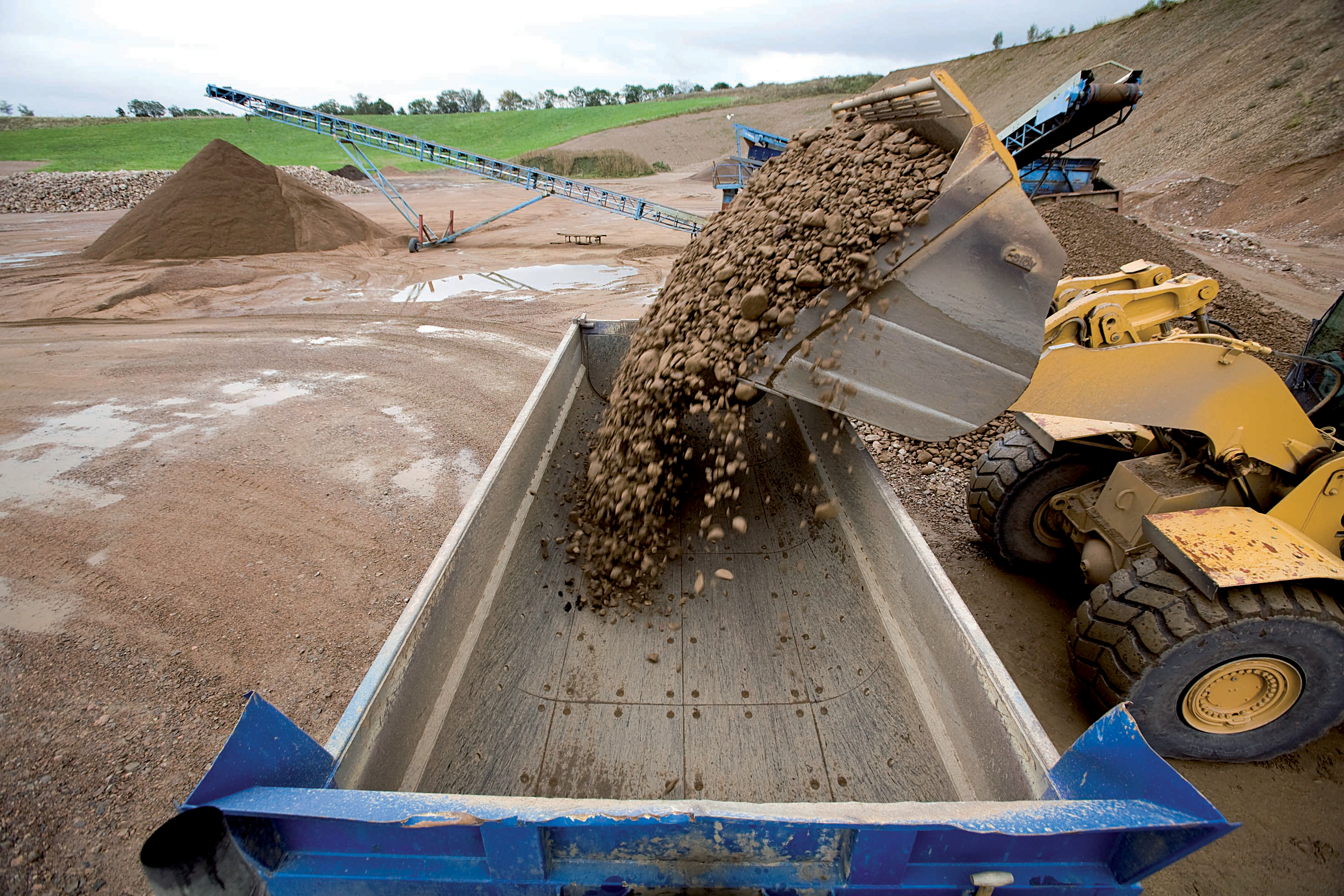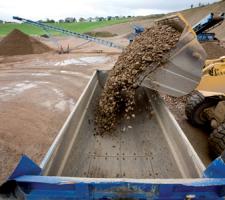
Noise can be one of the biggest causes of complaints from neighbours surrounding quarries. ABE takes a look at the issue
Almost every stage of aggregate production from drilling and blasting, to loading and hauling, to crushing and screening creates some level of noise. These processes can all contribute to the ambient noise level in the area surrounding the quarry, which is why many quarries have restricted working hours.
With many quarries in Europe located close to residential areas, controlling noise or minimising noise sources has become an important issue for the aggregates industry. But it is not a simple problem to solve - some sites require engineered solutions, while others call for adoption of improved practice, or even a combination of the two.
Sound is any variation in air pressure that can be heard by the human ear and noise is effectively any unwanted sound. But the key issue is understanding how the different noise sources travel and this is vital to developing a prediction model of how this changes over the working day and the life of the quarry. The model also needs to include the influence of meteorological conditions on noise propagation.
The prediction of noise calls for the normal and peak sound power levels of the noise sources to be determined and also any attenuation factors, such as the terrain and air conditions, to be calculated for a given noise propagation path. This data needs to be collated along with baseline noise information and the effect of changes in air density, humidity and temperature on the sound need also to be considered.
The complexity of operations within a quarry and the way these move and the terrain changes over time make noise prediction very difficult but computer software is available to help develop models based on different conditions.
This modelling is essential as a growing number of new quarry and quarry extension permissions set maximum noise levels within the conditions of the consent.
Attenuation
Once noise sources likely to cause a nuisance outside the quarry site have been identified, the dominant noise sources need to be tackled first. Attenuation at source is generally considered the best approach and this has led many quarries to cover their crushing and screening plant.
Barriers are often used to screen the view into quarry sites from the surrounding area but these can be dual purpose and help to minimise noise from the site. Barriers used in quarries are generally designed to look natural to fit in with the local environment - earth bunds are often used and in the case of low noise sites, rows of trees have also been used. Acoustic barrier walls are often used on highways to block sound and are occasionally used in quarries but generally only around specific noise sources rather than as a perimeter solution.
Advancements in construction equipment design has significantly reduced the noise created by machines during loading and hauling operations, and availability of white noise reversing alarms means safety can be maintained.
Use of rubber linings on dump truck bodies, chutes and other transfer points can help reduce noise levels. According to a study undertaken by
New designs of muffler for drill rigs and hydraulic breakers have helped to reduce the operational noise, but, the noise created by the percussion on the rock cannot easily be reduced. For this reason engineered solutions are sometimes still needed to reduce this noise travelling outside of the site boundary.
While noise attenuation is possible, it is always better for noise issues to be considered at the design stage rather than retro-fitted once noise has become a problem. But for existing quarries this is not always possible, so modifications to machines as well as reviewing operating hours and practises may be the most cost effective approach.















